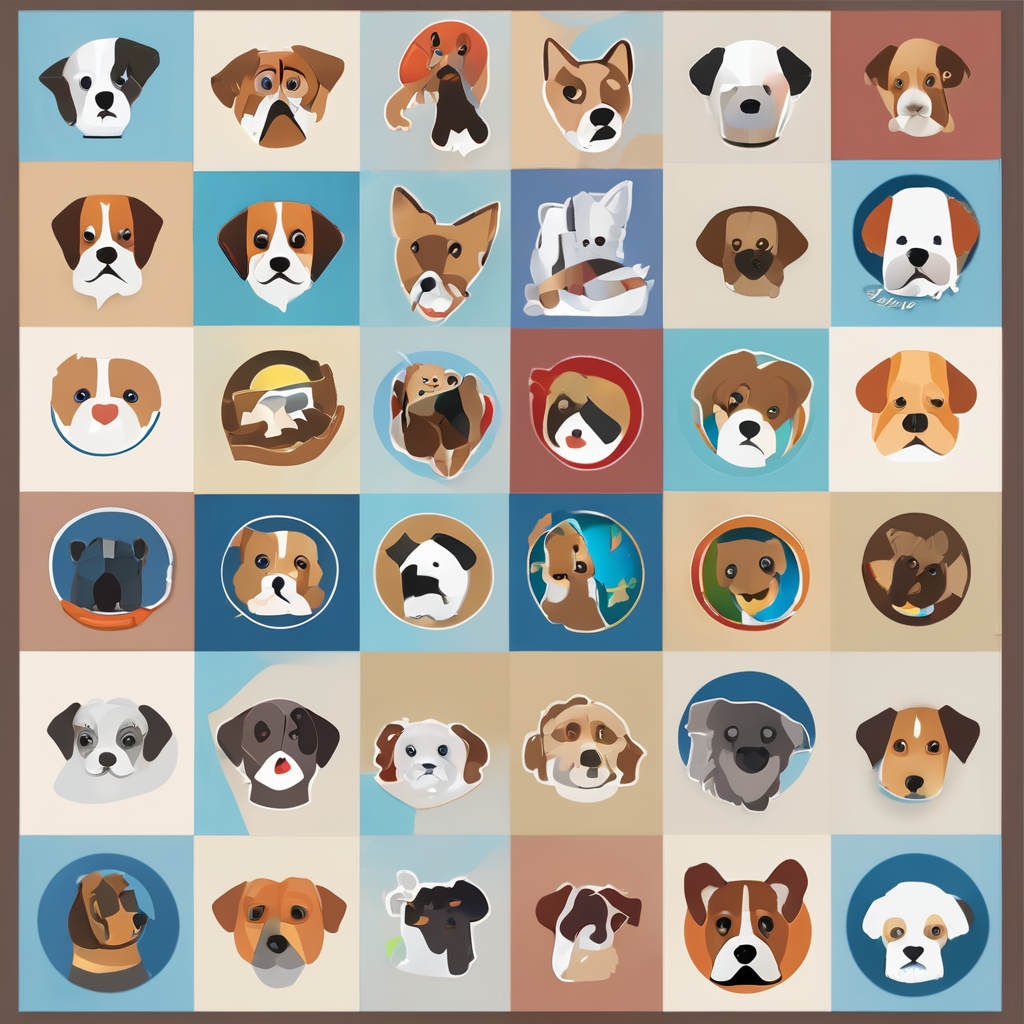Understanding a cat’s emotional state is essential for every cat owner. Just like humans, cats experience a range of emotions that can influence their overall well-being. However, deciphering a cat’s feelings may not be straightforward. Unlike dogs, who often display their emotions openly, cats tend to be more subtle in their communication. In this article, we will explore the various indicators of a cat’s happiness or distress in their environment. By recognizing these signs, you can ensure your feline friend lives a joyful and comfortable life.
Body Language: A Window to Your Cat’s Emotions
Body language is one of the most effective ways to gauge your cat’s emotional state. Cats communicate primarily through their bodies, and understanding these signals can lead you to a deeper connection with your pet.
This might interest you : What are the best ways to manage and reduce my cat’s shedding during seasonal changes?
When your cat is happy, you might notice that they exhibit relaxed body posture. Their ears are typically pointed forward, and their tail is held high, often with a slight curl at the tip. This position indicates confidence and contentment. When they approach you with a slow blink or a gentle nudge, it’s their way of expressing affection.
On the contrary, if your cat is feeling distressed, their body language will tell a different story. You might observe a hunched posture, with their tail tucked under them or held low. Their ears may be flattened against their head, indicating anxiety or fear. When a cat’s pupils dilate significantly, it often points to stress or excitement.
In the same genre : Creative ways to keep your cat entertained when you”re away
Additionally, when a cat is in distress, they might engage in defensive behaviors such as swatting or hissing. Recognizing these signs is crucial for addressing your cat’s needs. By paying close attention to your cat’s body language, you can foster an environment that promotes their happiness and minimizes distress.
Vocalizations: What Your Cat’s Sounds Mean
Cats are vocal creatures, and their sounds can reveal a lot about their emotional state. Understanding the different vocalizations can significantly enhance your communication with your pet.
When your cat is happy, they often engage in gentle purring. This soothing sound indicates contentment and is frequently accompanied by relaxed body language. Additionally, some cats may chirp or trill, especially when they are excited or trying to get your attention. These sounds are generally positive and suggest a friendly demeanor.
Conversely, if your cat is distressed, they may produce a variety of unsettling sounds. A loud yowl or a persistent meow can indicate discomfort or a desire for attention. Pay attention to the tone and volume of their vocalizations. An agitated cat may hiss or growl, which are clear signs of fear or aggression. Understanding these vocal cues allows you to respond appropriately. If your cat appears to be in distress, it may be necessary to reassess their environment and identify any potential stressors.
Lifestyle Factors: The Environment Matters
The environment in which your cat lives plays a significant role in their overall happiness. A well-structured habitat can greatly improve your cat’s quality of life.
Cats thrive in environments where they feel safe and secure. This includes having designated areas to retreat to when they are feeling overwhelmed. Providing vertical spaces, like cat trees or shelves, gives your cat a sense of control over their environment. They enjoy surveying their territory, and it also serves as a place to escape from potential stressors.
Social interaction is another crucial factor. Cats are more social than many people realize, and they often enjoy playing with their human companions or other pets. Regular playtime not only strengthens your bond but also allows your cat to expend energy, leading to a decrease in boredom-related distress.
If your cat exhibits signs of distress, such as excessive scratching or hiding, it may be time to evaluate their surroundings. Consider whether there are enough stimulating activities available. Toys, scratching posts, and safe outdoor access can significantly enhance your cat’s happiness. Establishing a balanced environment not only supports your cat’s well-being but also fosters a peaceful home for everyone.
Health Indicators: The Link Between Physical and Emotional Well-being
A cat’s physical health is intricately linked to their emotional state. Regular veterinary check-ups are crucial for identifying any underlying health issues that may contribute to behavioral changes.
When a cat is physically unwell, they may display signs of distress that can manifest in various ways. A sudden change in appetite, whether it’s a decrease or increase, can be a red flag. Similarly, changes in litter box habits, such as urinating outside the box, can indicate discomfort or stress.
On the other hand, when your cat is happy and healthy, they will likely exhibit normal eating habits and maintain a consistent grooming routine. An active cat that engages in play and exploration is usually a good indicator of their well-being. Regular health check-ups help ensure that any potential issues are addressed promptly, thus preventing distress.
Moreover, mental stimulation is just as important as physical health. Engaging your cat in interactive play and providing puzzle feeders can enhance their mental agility and promote overall contentment. Remember, a happy cat is often a healthy cat, and paying attention to both aspects is essential for their overall well-being.
Understanding the indicators of a cat’s happiness or distress is vital for every cat owner. By paying attention to body language, vocalizations, lifestyle factors, and health indicators, you can create an environment that nurtures your cat’s emotional well-being. Recognizing these signs allows you to respond to your cat’s needs effectively, ensuring they lead a joyful and fulfilling life. Your awareness and actions can make a significant difference in their daily experiences, fostering a bond that enhances both your lives.














